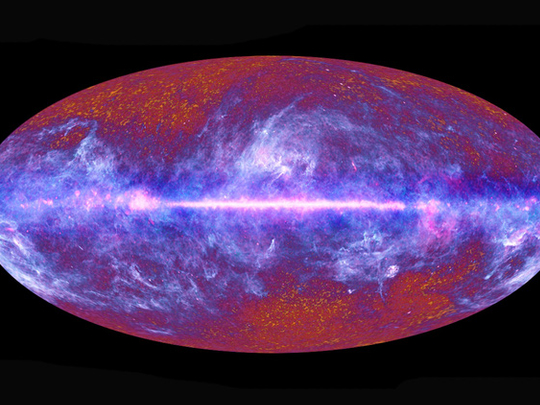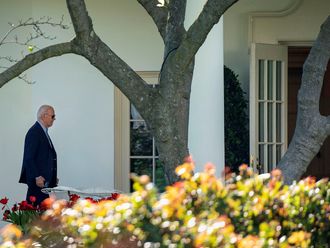
Washington Don’t worry about when the world as we know it might end. Nasa has calculated that our entire Milky Way galaxy will crash into a neighbouring galaxy with a direct head-on hit — in four billion years.
Astronomers in a Nasa news conference on Thursday said years of observations from the Hubble Space Telescope provide grisly details of a long-anticipated galactic smash-up. Astronomers had seen the Andromeda galaxy coming at us, but thought there was a chance that its sideways motion would make it miss or graze the Milky Way. Hubble readings now indicate that’s not the case.
“This is pretty violent as things go in the universe,” said Roeland van der Marel, an astronomer with the Space Telescope Science Institute in Baltimore that operates Hubble. “It’s like a bad car crash in galaxy-land.”
Scientists say the sun and Earth are unlikely to be hit by stars or planets from Andromeda because of the vast emptiness of the two galaxies. So Earth should easily survive what will be a 1.2 million kilometres per hour galactic merger. Even at that speed, the event would take about two billion years.
Once it’s over, our solar system would be in a different place in the cosmos. The collision would dramatically change the view of the nighttime sky from Earth with Andromeda suddenly dominating, the astronomers said.
Miss unlikely
The only way Andromeda could miss colliding with the Milky Way is if it were moving sideways about six times faster than Hubble indicates it is, said van der Marel, who is publishing the latest findings in an upcoming issue of Astrophysical Journal. Five years ago, Avi Loeb, head of Harvard University’s astronomy department, simulated this crash and pronounced a miss unlikely. He said the Hubble results strengthen his earlier findings. He calls the newly merged galaxy “Milkomeda”.
Both the Milky Way and Andromeda are about the same size and same age — ten billion years old. At times they’ve been considered virtual twins so it’s hard to tell which of the galaxies will get the worst of the collision, van der Marel said.
When the collision is in full swing in four billion years, he said the sun will still have another two billion years before its expected death. However, by that time it will have grown so large and so hot that Earth might no longer be habitable without super-engineering techniques, he said.
While this upcoming cosmic crash is dwarfed by the Big Bang which created the entire universe, van der Marel said this one could be called “the big smash-up”.












